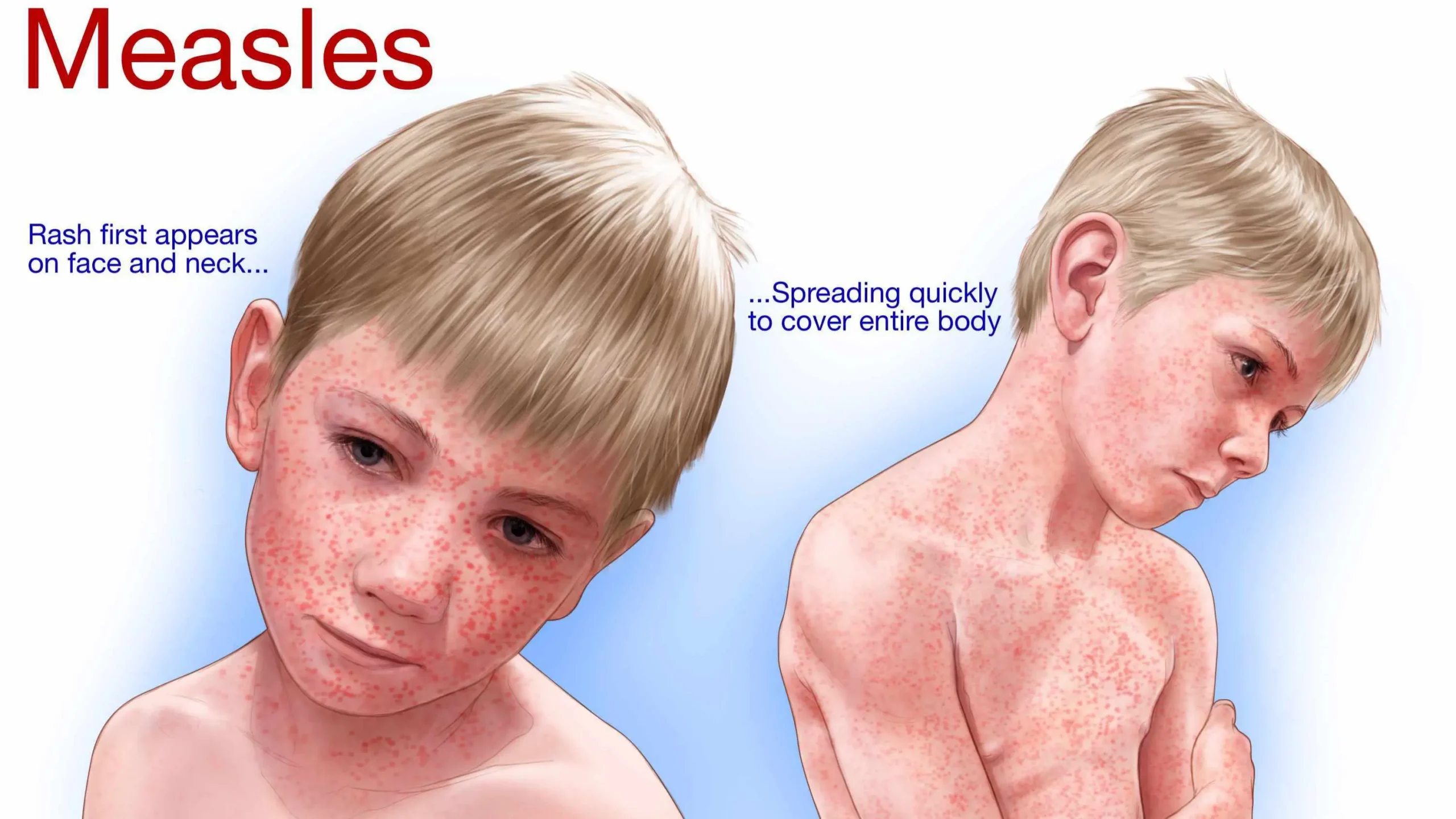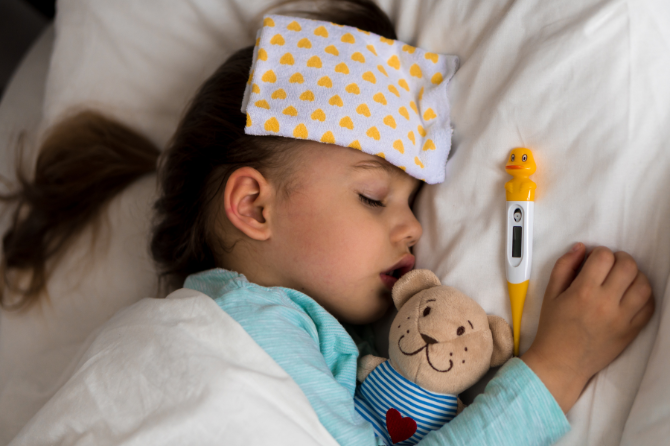By Dr. Lucy Suarez
It’s no secret that the teen years can be tough. By the time your kid hits double digits, they’re likely experiencing changes to their body, brain, and emotions. It can be hard for families to know what is “normal,” and this blog’s goal is to arm you with information, and hopefully to also help you discern if and when your child needs some extra help.
When is adolescence?
Adolescence is the time between childhood and adulthood, and according to the World Health Organization (WHO), is defined by ages 10-19.
- Early adolescence is 10-13 years old, known as the “tweens” or “pre-teen years,” and often when puberty starts.
- Middle adolescence is 14-17 years old, and oftentimes when families experience conflict between adolescent desire for autonomy and necessary parental supervision.
- Late adolescence is 18 to 24 years old (most experts agree adolescence extends beyond 19), and is often a period of the biggest changes in a family dynamic, including moving out of the primary household and perhaps onto college.
When is the brain done maturing?
While it’s true that we learn throughout our lives, our brain does indeed have a deadline by which it’s done maturing. The prefrontal cortex, the part of the brain that is behind the forehead, is the last part to finish “cooking”, and this is typically done by age 25. The prefrontal cortex is responsible for complex decision making, executive functioning (i.e. task organization and completion), emotional regulation, and impulse control (including making judgements on risk and safety)! This helps to explain many of the stereotypes of teen behavior and perhaps some of your own memories from adolescence!
What are symptoms of mood disorders?
There are several mood disorders, including but not limited to anxiety and depression. Below are a list of some symptoms that may be indicative of these disorders (CDC).
Anxiety
- Constantly worried about the future or bad things happening (generalized anxiety)
- Being very afraid when away from caregivers (separation anxiety)
- Extreme fear about a specific thing or situation (phobia)
- Being afraid of being around others (social anxiety)
- Repeated episodes of sudden, unexpected, intense fear accompanied by heart pounding, trouble breathing, feeling dizzy, sweaty or shaky (panic disorder)
Depression
- Feeling sad, hopeless, or irritable
- Not wanting to do things that were previously enjoyable
- Changes in appetite
- Changes in sleep patterns
- Changes in energy and attention
- Feeling worthless, useless, or guilty
- Self-injury or self-destructive behavior
How common are mood disorders?
According to a recent federal survey of U.S. teens, 1 in 5 report symptoms of anxiety or depression. Females and LGBTQ+ teens are more likely to experience these symptoms compared to their counterparts, with affected rates ranging from 30-43% (KFF). According to the CDC, 9.4% of children (3-17) had diagnosed anxiety, and 4.4% had diagnosed depression. Unfortunately, suicide is the second leading cause of death among adolescents in the United States (CDC). Mood disorders are more common than you might think, and any concerns you or your child have should be taken seriously.
How can we screen for mood disorders?
Clinicians often use screening tools, such as the PHQ-9 and GAD-7 questionnaires, to determine a patient’s risk for a mood disorder. Vanderbilt screens, used for ADHD diagnoses in school age children, also screen for mood and personality disorders–which can also be responsible for symptoms of inattention or hyperactivity. At adolescent well checks, providers may ask that parents step out of the room so there is an opportunity to delve into concerns on a 1:1 basis with the teen, if they arise. Providers are obligated to respect patient confidentiality, unless there are acute safety concerns that arise.
How can we treat mood disorders?
If you have concerns about your child, the first step is to schedule an appointment with their provider to evaluate this further. There are many treatment options, including but not limited to medications such as Selective-Serotonin Reuptake Inhibitors (SSRIs) and therapy. Please keep in mind that waitlists for therapy can be several months long, so don’t hesitate to ask for help, even if things don’t seem “that bad.” You want to avoid waiting in line when your kid is in a full-blown crisis.
What are other ways to manage symptoms and stay healthy?
In addition to getting the right treatment, if needed, healthy behaviors are important to promote wellness for all children.
- Optimize sleep hygiene. Most teenagers need 8-10 hours of sleep a night (CDC).
- Get enough physical activity. The American Academy of Pediatrics (AAP) recommends 60 minutes of physical activity daily, even if not all consecutively obtained. Specifically, time outside and in the sun can help. Aim to get 15-30 minutes of midday sunlight daily to maintain healthy levels of Vitamin D.
- Minimize screen time. Specifically, minimizing “doom scrolling” can help promote well-being by improving attention and sleep quality (Applied Research in Quality of Life, BMC Psychology). This means encouraging limits on apps such as Instagram, TikTok, and even Youtube (which now has a scrolling feature). Apps such as Opal can reinforce strict limits so users are not tempted to easily override warnings.
- Practice mindfulness or relaxation techniques, such as with meditation. Apps such as Calm and Headspace provide guidance for beginners.
Keep in mind that if your child has a mood disorder, it is not their fault. There are no known ways to physiologically prevent the development of a mood disorder, but the aforementioned themes help to promote general wellness.
What is considered an emergency?
Active suicidal intention is defined by current, specific suicidal thoughts and the conscious desire to inflict self-harm that results in death. If your child is experiencing active suicidality, you need to bring your child to the nearest Emergency Room for psychiatric evaluation and treatment. The 988 Suicide Hotline is available 24/7 as an additional resource, but should not replace the trip to the hospital.
If you have questions or are concerned about your teen, make an appointment with your PCP ASAP, we are here to help!







